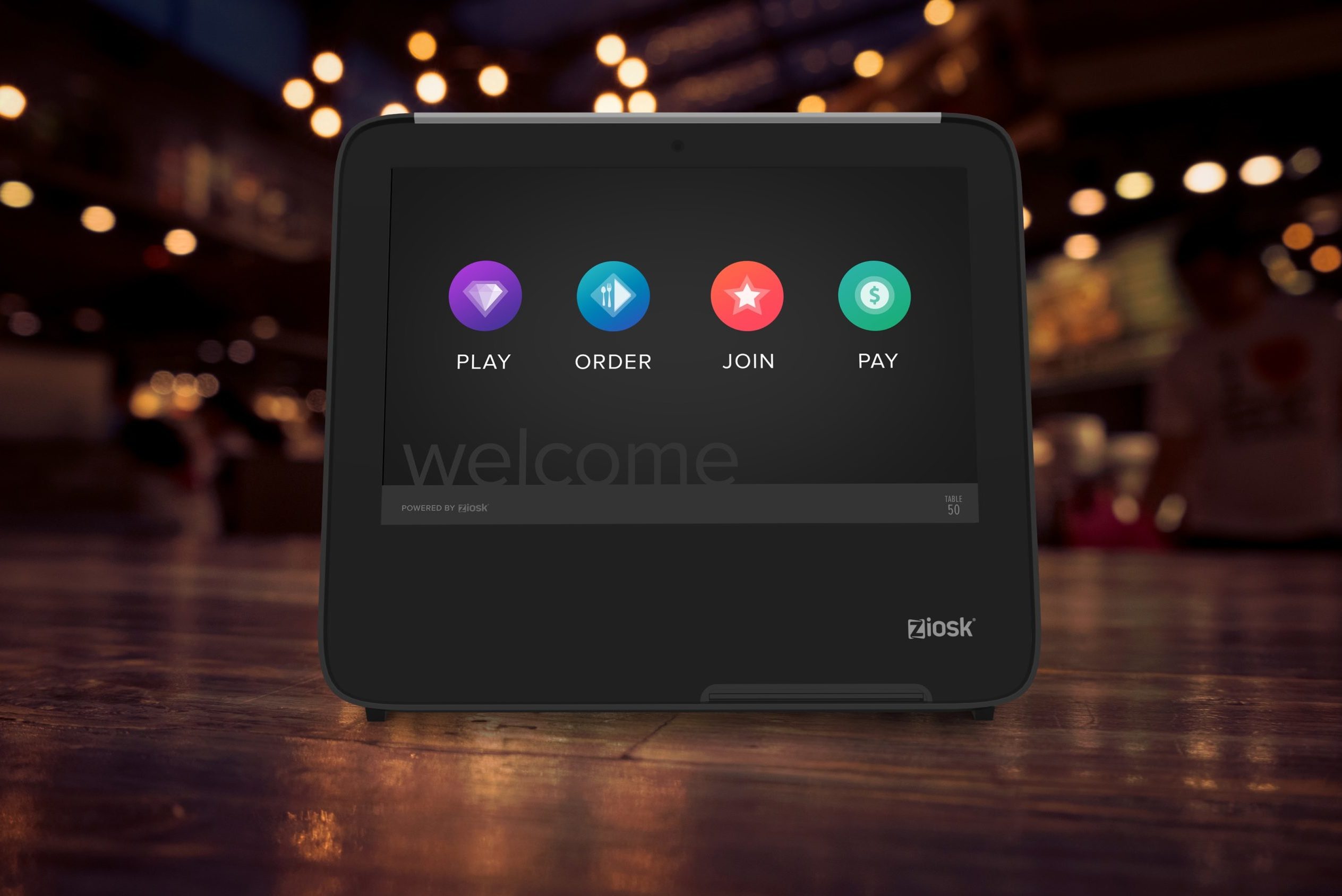Here's a Tabletop Tablet That May Finally Matter

Photo Caption: The newest Ziosk tablet will soon be deployed in small chain and independent restaurants across the country, a strategy shift for the company.
Skift Take
It's not necessarily the technology that matters, but the restaurant where it's located. In this case, the big player in the tabletop technology market, Ziosk, is headed to small chains and independent restaurants, which could change the way everyday diners pay for dinner anywhere.
Tabletop tablets may not be the sexiest piece of restaurant hardware, but they're catching on with consumers — at least according to Ziosk, manufacturer of one such pay-at-the-table device that serves 750 million guests annually on 180,000 screens. Until now, the company has focused on getting its products into large chain restaurants, with 25 restaurant customers like Chili's, Margaritaville, and Red Robin, chairman and CEO Jack Baum says they've captured 10 percent of the market.
Now Ziosk is looking beyond the big names and working with smaller chains and even independent restaurants in what Baum says was the plan all along.
"It’s a market that we’ve wanted to serve for a long term but we felt we needed to get the efficiencies into the system. We needed to have a large footprint. Now that we have those, it’s time to go into independents," he told Skift Table.
According to the National Restaurant Association, more than 7 out of 10 restaurants in the U.S. are single-unit operations. Those operators have always been interested in Ziosk's pay-at-the-table technologies, Baum said. "For years we’ve been saving contacts of people who have reached out to us."
New Market, New Hardware
The company also recently unveiled its new tablet, created in partnership with an industrial design firm that counts Apple among its clients. "We felt like we needed to come out with a more upscale tablet," Baum said. "We have a lower profile, sleeker Ziosk that we think is much more appropriate as we enter the independent space."
Essentially, the Ziosk tablets allow guests to pay for their meal using credit, debit, or even a phone, at their convenience, tip their server, print a receipt, and leave. In fact, over 60 percent of Ziosk users elect to print a receipt at the table after paying — a number that's remained surprisingly steady for years. "
Beyond payments, Ziosk offers guests the ability to take a quick post-meal survey. (Interestingly, the survey times out if the guest doesn't take it immediately upon paying, a move Baum says was meant to combat servers responding to diner surveys in an effort to make themselves look better.) Tablets also feature games to play at the table — trivia is most popular — but, Baum says, they can just as easily be ignored if guests aren't interested in injecting tech into their dining experience.
"All we want to do is make sure that we are enhancing the guest experience in the ways the guest wants it to be enhanced," said Baum, "and if they don’t want to interact with it that’s fine" — a sentiment that applies to chains and indies across the board.
Changing the Flow
In some ways, the popularity of fast casual eateries has influenced the pace of a meal at a casual dining restaurant. The pay at the counter, eat at the table model has been around since the early days of fast food, but as fast casual restaurants continue to push better design, high-quality food, and hospitable service, they've trained consumers to expect great food, great service, but also speed and predictability when dining at a sit-down restaurant.
That's not to say Ziosk doesn't have its eye on the future.
"I don’t know over time where the target market will morph to. But right now we’re looking at it as casual dining restaurants that have that middle price point. We’re not looking at it as QSR [quick service restaurants] — although we get fast food and fast casual restaurants reaching out to us," Baum said. "Over time, the technology is going to become more and more appropriate and guests and restaurants will realize what we can do for their experience. Once it becomes ubiquitous, I think it’ll widen our target market.
The company is also working on new software, the first iteration of which will be released in July, to give restaurants greater ability to customize, presumably making the devices more widely adaptable to a variety of service styles.
Pricing for the new independent restaurant solution starts at $260 per month for 24 devices.
